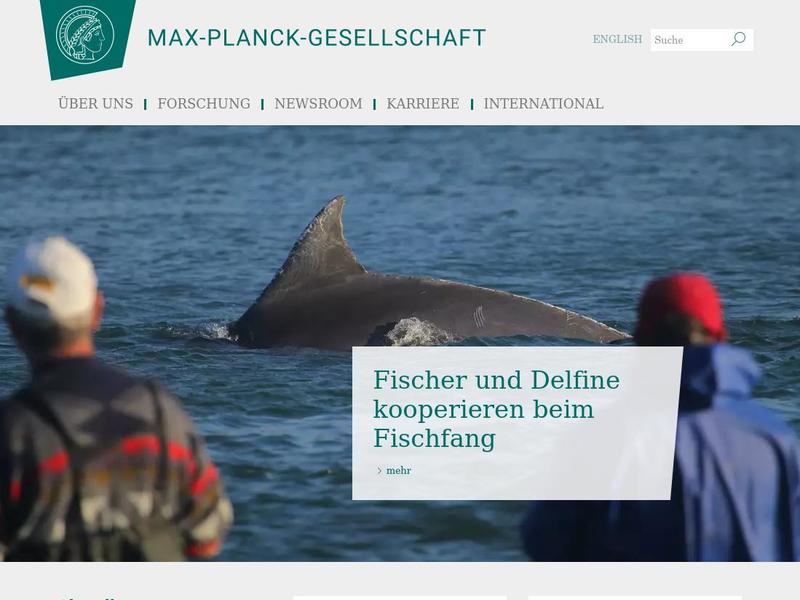Scientists have been finding ring-like structures indicating planet formation in the disks surrounding young Sun-like stars for several years. Astronomers led by Nicolas Kurtovic from the Max Planck Institute for Astronomy in Heidelberg, Germany, have now detected similar signal in disks of young very low-mass stars that are considerably smaller and less massive than their counterparts. Although these stars represent the vast majority of the stellar population, they only host 10% of the known exoplanets to date, including terrestrial and Jupiter-like planets. While theorists have yet to derive a satisfying model that explains the formation of such giant planets inside the rather low-mass disks of the smallest stars, the new results are the beginning of a systematic investigation to solving this mystery.
The grey bar corresponds to the angular resolution of the observations.

